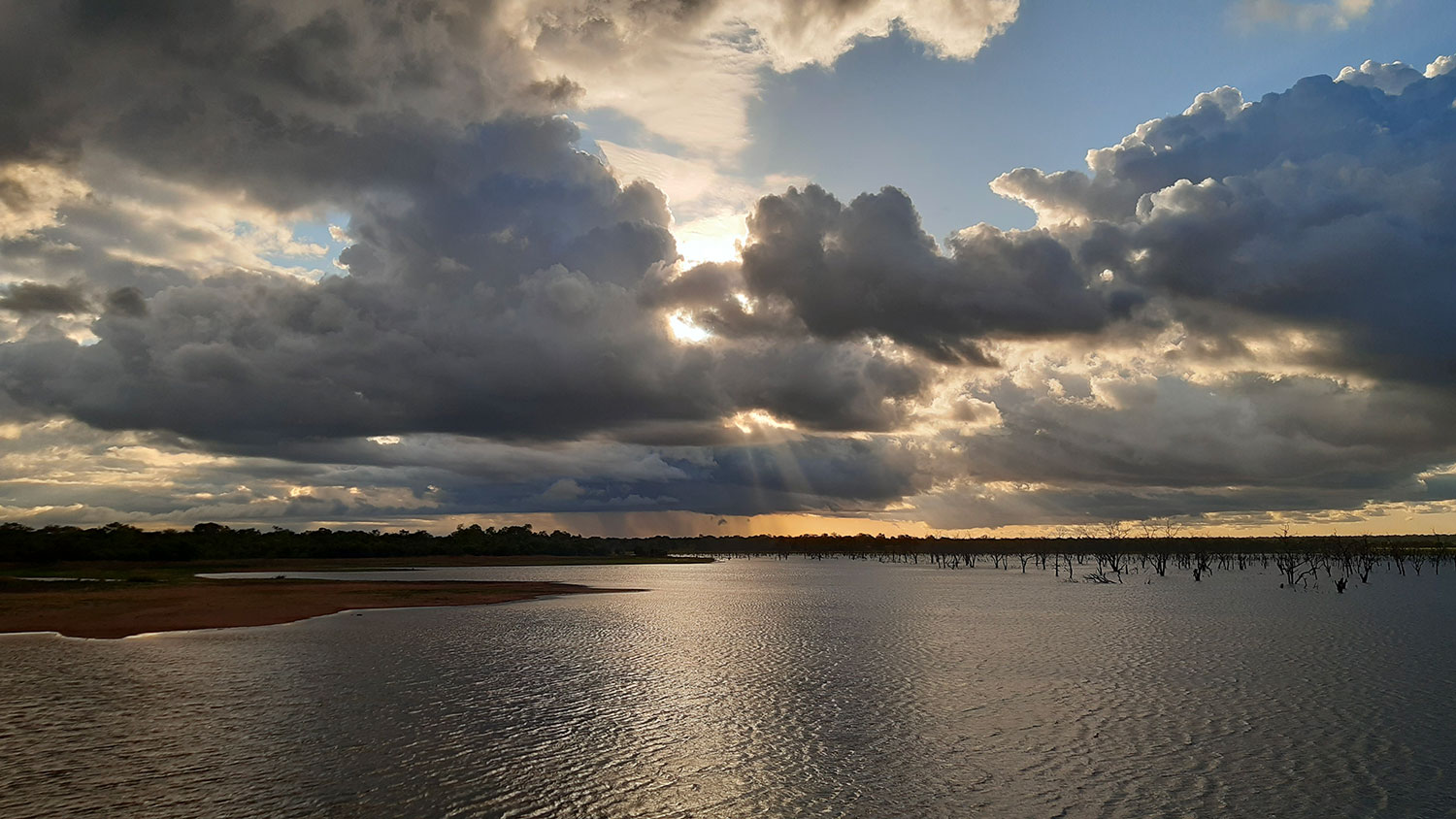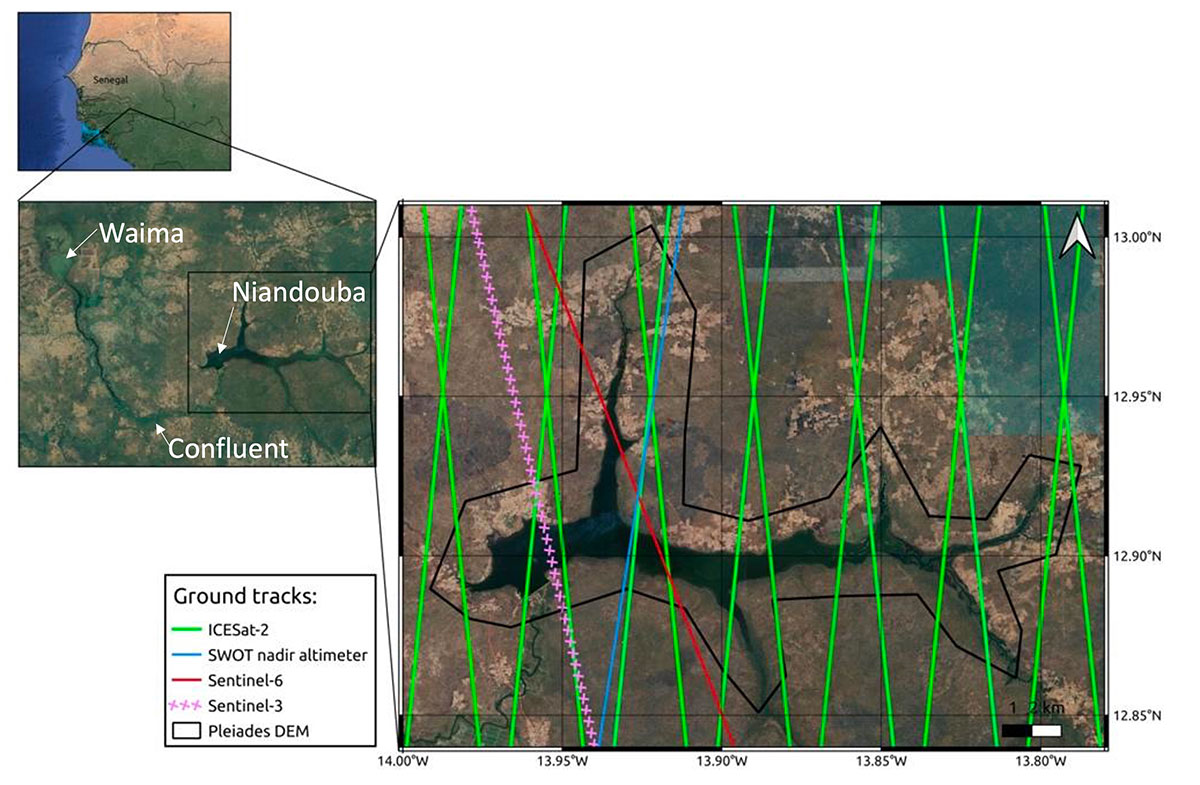VOQUALISE
Water volume and quality in Senegal
Overview
Water resource management in West Africa is a crucial issue in the context of global change. Population growth and global warming are expected to lead to a significant increase in demand for water in the region. In addition, significant climate variability and episodes of flooding and drought, which are set to become more frequent in the future, will make water resource planning and management more complex. Finally, there are many questions about the impact of climate and human-induced changes on the quality of surface water, in a region where water-borne diseases are a major problem.
The Kayanga-Anambé catchment area in Upper Casamance (Senegal) is characterized by high variability in rainfall and high evaporation, which has an impact on water availability. Agricultural consumption, for rice growing and market gardening, is the main demand for water in this basin.
|
Dams have been built here, forming a series of reservoirs with Niandouba upstream, on the Kayanga tributary, then Confluent, at the confluence with the Anambé, and then Lake Waima (Figure 1).
► Figure 1 : Study area with the three hydro-agricultural reservoirs and zoom on available satellite data for the Niandouba reservoir. © Félix Girard |
|
However, this basin is poorly instrumented, and questions are being asked about the capacity of these schemes to meet the demand for hydro-agriculture in the years to come, in the context of population growth and the increase in temperature and decrease in rainfall predicted by the CMIP6 climate models in this region. To answer these questions, it is necessary to quantify the changes in water stocks in the reservoirs (supplies, losses), to estimate the parameters linked to water quality (suspended solids, algal blooms, temperature) and to establish their links with climatic variables and human activities (multiple uses of water, public policies).
Based on the exploitation of multi-sensor satellite data, and in particular data from SWOT and Sentinel-2, the objectives of the VOQUALISE project are to:
- provide estimates of the water balance in these three reservoirs.
- assess water quality parameters.
- characterize uses and public policies.
- study future development scenarios in the context of climate change, demographic growth and public agricultural policies.
Application site(s)
Kayanga-Anambé catchment area (Niandouba, Confluent and Waima reservoirs), Senegal
Data
Satellite
- Altimetry for reservoir water levels: SWOT, Sentinel-3, Sentinel-6, ICEsat, GEDI
- Optical imaging for water surfaces: Sentinel-2 MSI, Pléiades
- Optical imagery for water colour: Sentinel-2 MSI, Landsat4-9
- Precipitation: GPM-IMERG-V06
Other
- Climate data: ERA-5 reanalysis, CMIP6 climate, SSP scenarios
- In-situ data: Water level via pressure sensor, physico-chemical parameters (temperature, O2, pH) and suspended solids.
- Survey on uses and public policies
Results – Final product(s)
-
Estimation of water balance variables for the three reservoirs using remote sensing: variations in volumes, rainfall input, losses through evaporation, withdrawals for irrigation.
-
Estimation of the constituents present in the water column: phytoplankton, sediments, dissolved matter, toxic algae.
-
Characterization of water uses, public policies and integrated water resource management strategies in the basin.
-
Analysis of future development scenarios for the Anambé basin in the context of climate change and population growth.
-
WebGIS portal for viewing cartographic and satellite data.
Related project(s)
XtremQuality : satellite monitoring of water quality in small reservoirs (France and Brazil)









